When planting Dusty Miller, you might have thought about the best and worst Dusty Miller companion plants. Didn’t you? In this article, I will help you to choose the best Dusty Miller companion plants for your garden and which ones to avoid.
Some of the essential characteristics of the best Dusty Miller companion plants are the ones that require well-draining soil, less amount of watering, proper sunlight, complementing colors, and contrasting textures like salvia and lamb’s ear.
Plants that require too much watering, heavy shade, and boggy soil conditions are considered the worst companion plants for Dusty Miller.
Before diving deep into our article, Here’s an overview of Dusty Miller.
| Family | Asteraceae |
| Genus | Jacobaea maritima |
| Growing Zones | 8-11 |
| Plant Type | Annual or Perennial |
| Main uses | Ornamental plant for garden beds, container gardens, cut flowers, rock gardens, companion planting |
| Origin | Mediterranean |
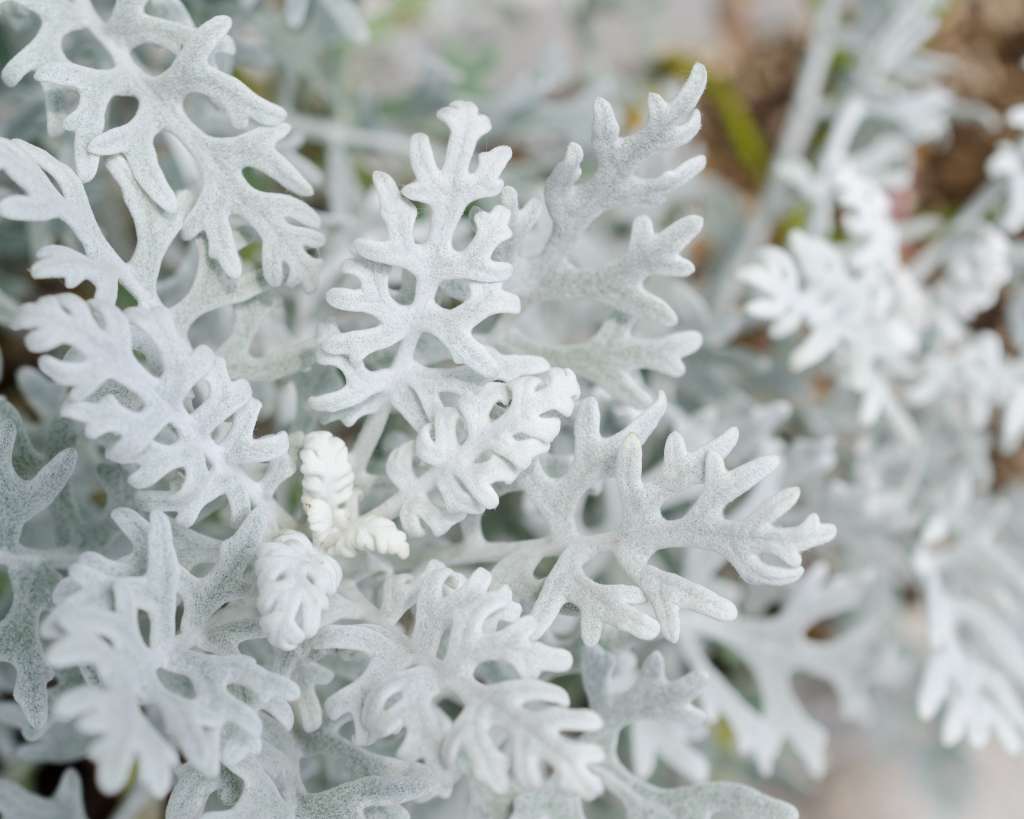
What are the benefits of Dusty Miller Companion Plants?
Companion planting is a gardening technique in which different plants are grown together to benefit each other. It is based on the idea that certain combinations of plants can create a healthier, more productive garden.
The advantages of growing Dusty Miller with companion plants include the following:
- Makes your garden beautiful
- Improved pest control
- Improved soil fertility
18 Best Dusty Miller Companion Plants
We have listed various plants with different attributes perfect for growing near your Dusty Miller plants. The main purpose of companion planting with Dusty Miller is to give an aesthetic look to your garden. Some plants mentioned here also provide health benefits to the Dusty Miller plants.
Petunias
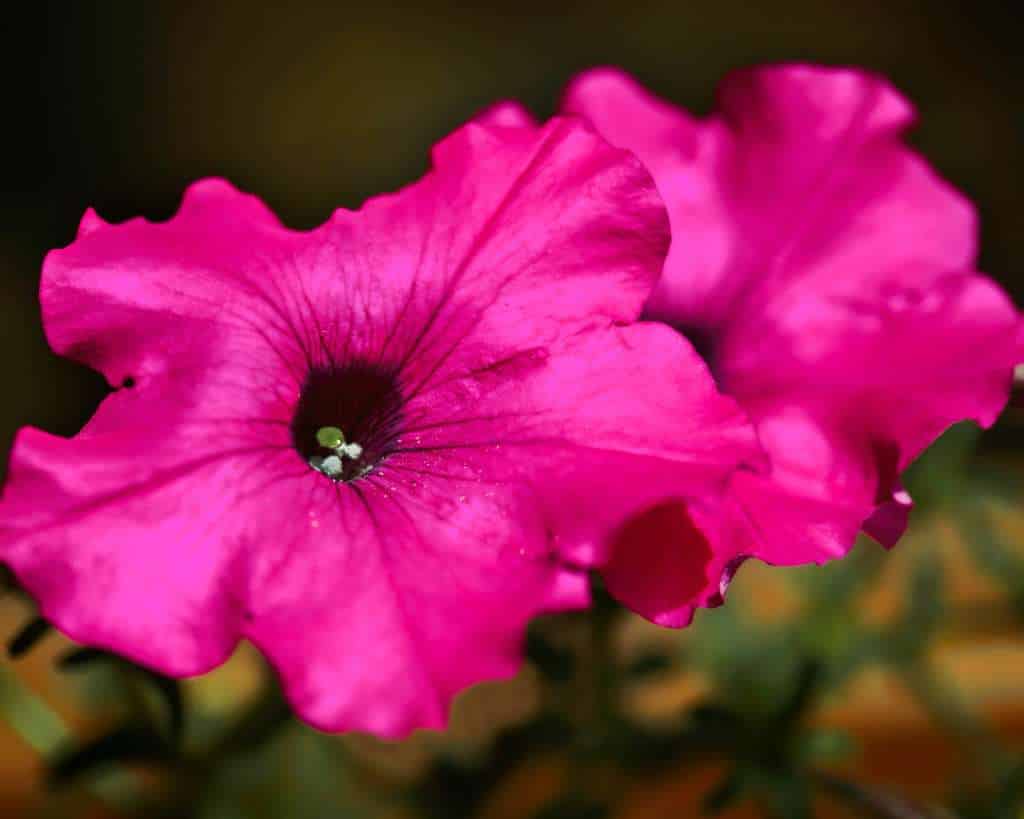
Gardeners love to plant petunias mainly because of their big, attractive flowers that come in different colors depending upon the variety. It is regarded as one of the best dusty miller companion plants due to its flowers that look stunning when planted next to the silvery foliage of dusty miller.
Petunias also share the same growing habits as a dusty miller and are known to repel pests like aphids that torment the foliage of dusty miller. Additionally, it attracts bees and other pollinators, which ultimately benefits other plants in your garden.
There are many varieties of petunias, but the best ones to plant with dusty miller are wave petunias, Grandiflora petunias, Multiflora petunias, etc. Before growing both plants next to each other, choose appropriate varieties, considering the color, height, and texture.
Begonias
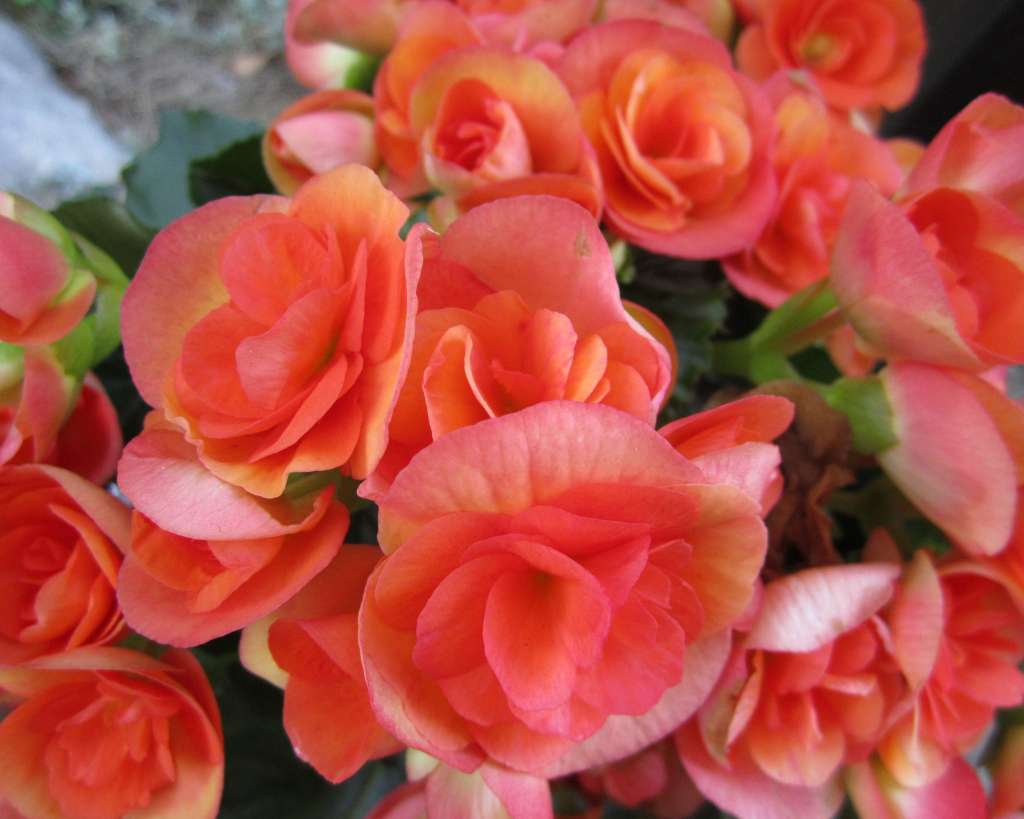
Begonias are grown for their attractive and lush flowers, which provide a stunning display to your garden. Its different varieties can be grown as a companion plant with dusty miller. If you plan to have a contrasting color pattern with dusty miller’s yellow flower, then it is favorable to grow Begonia semperflorens, which have red blooms.
Dusty miller’s silvery foliage and Begonia rex’s large leaves can add that beautiful texture to your garden. Both plants can help each other by repelling harmful pests.
Another benefit of growing begonias with dusty miller is that they are both relatively easy to care for. Begonias require plenty of sunlight and well-draining soil, while dusty miller prefers partial shade and moist soil. Both plants are drought-tolerant and ideal for gardens in drier climates.
Marigolds
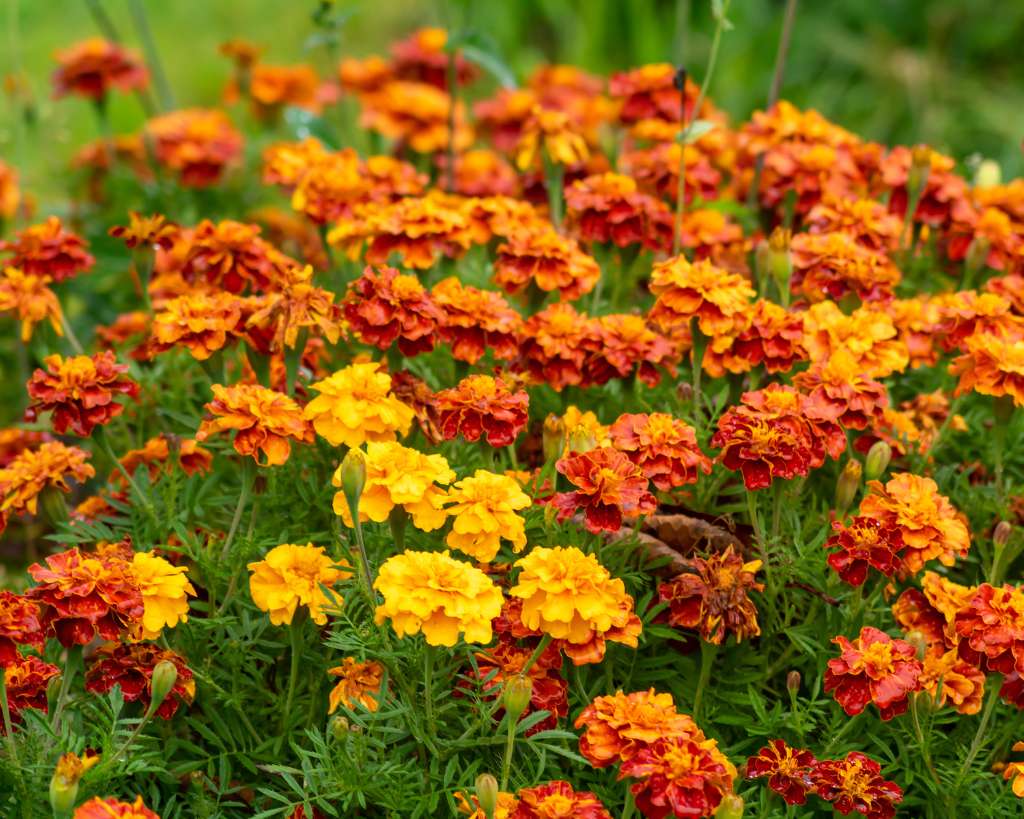
This popular plant’s vibrant colored blooms give an eccentric feeling to your garden when planted with dusty miller. The silver-gray foliage of the dusty miller will provide an exciting backdrop for the vivid hues of the marigolds.
French marigold is a popular variety that can be planted with dusty miller. Its yellow and orange blooms perfectly contrast the dusty miller foliage. Additionally, its strong scent is capable enough to repel obnoxious pests.
You can also plant African and Signet marigolds for their bright yellow and orange flowers.
Angelonia
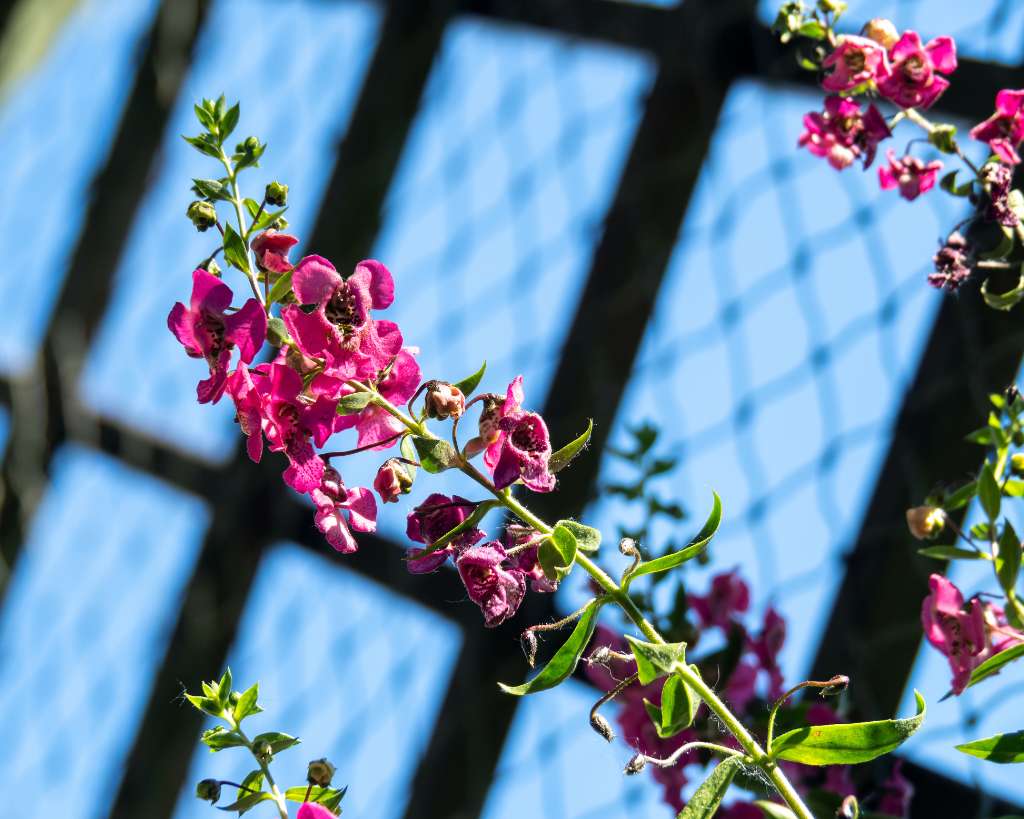
Angelonia’s flowers often get confused with the blooms of snapdragons. This South American native has almost 30 varieties. The most popular ones grown in the U.S. are Angel Face, Cascade Blue, and Angel Mist.
It’s bright purple, white, and pink colored blooms look astonishing when planted next to the dusty miller. Moreover, the strong scent of the flowers is a bonus for your garden.
Creeping Phlox

Creeping phlox is a popular North American native ground cover plant that gives an aesthetic appeal to your garden when planted next to the dusty miller.
The colors of the two plants complement each other nicely, with the dusty miller’s silvery foliage providing a lovely backdrop to the vibrant colors of the creeping phlox.
Lamb’s Ear
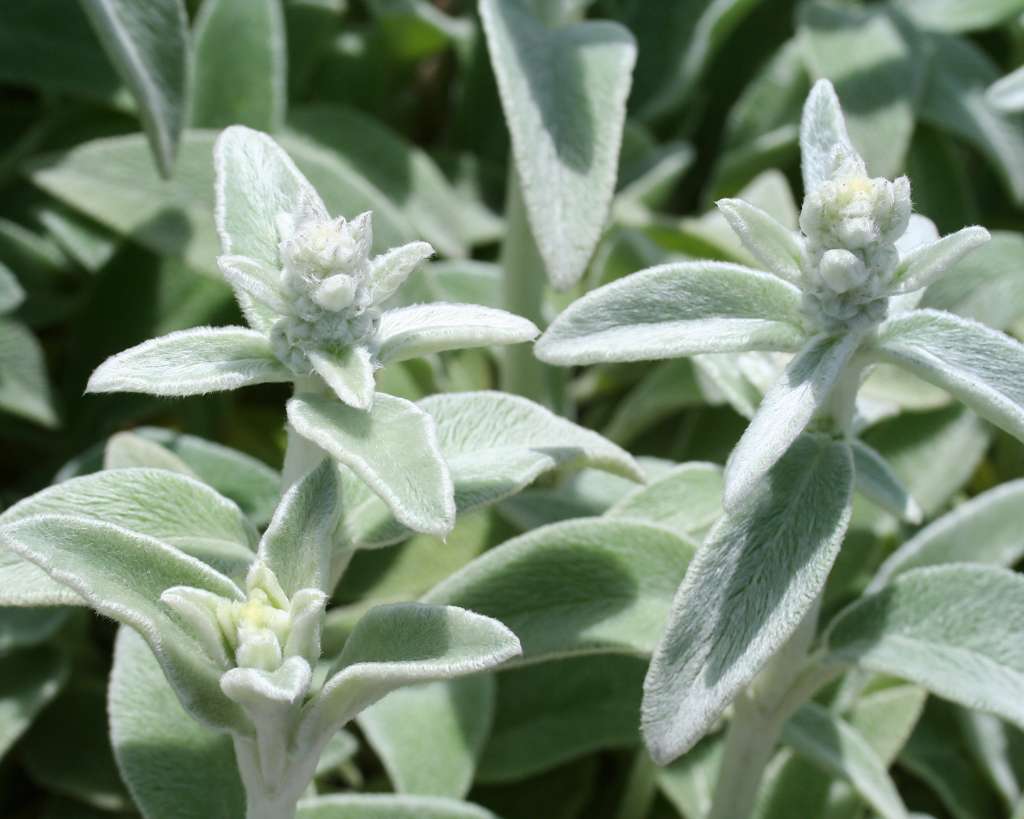
If you are looking for a plant that gives a contrasting fuzzy appearance to your garden, then choosing lamb’s ear will perfectly fit the bill.
Lamb’s ear doesn’t require special care to grow and can thrive under the same growing conditions as dusty miller.
Their low-growing habits are well-suited for rock gardening. You can also plant them together in a container ideal for small gardens.
Basil

This sun-loving herb is used as a home remedy by many in the Asian sub-continent. Besides being used in natural medicines and dishes, its strong smell helps to ward off insects which can damage the foliage of your dusty miller plants.
Basil has a bright green color and a soft, fragrant appearance that can contrast nicely with the silvery-grey foliage of dusty miller.
Sweet Basil, Thai Basil, Lemon Basil, and Purple Basil are some varieties that you can plant with dusty miller.
Bugleweed

Another sun-loving perennial on our list that’s easy to grow with dusty miller and gives your garden a beautiful aesthetic look is bugleweed.
The glossy leaves and purple flowers of bugleweed look very lovely when planted next to dusty miller.
Black Scallop, Bronze Beauty, Burgundy Glow, and Chocolate Chip are some of the varieties you consider as duty miller companion plants.
Lithodora
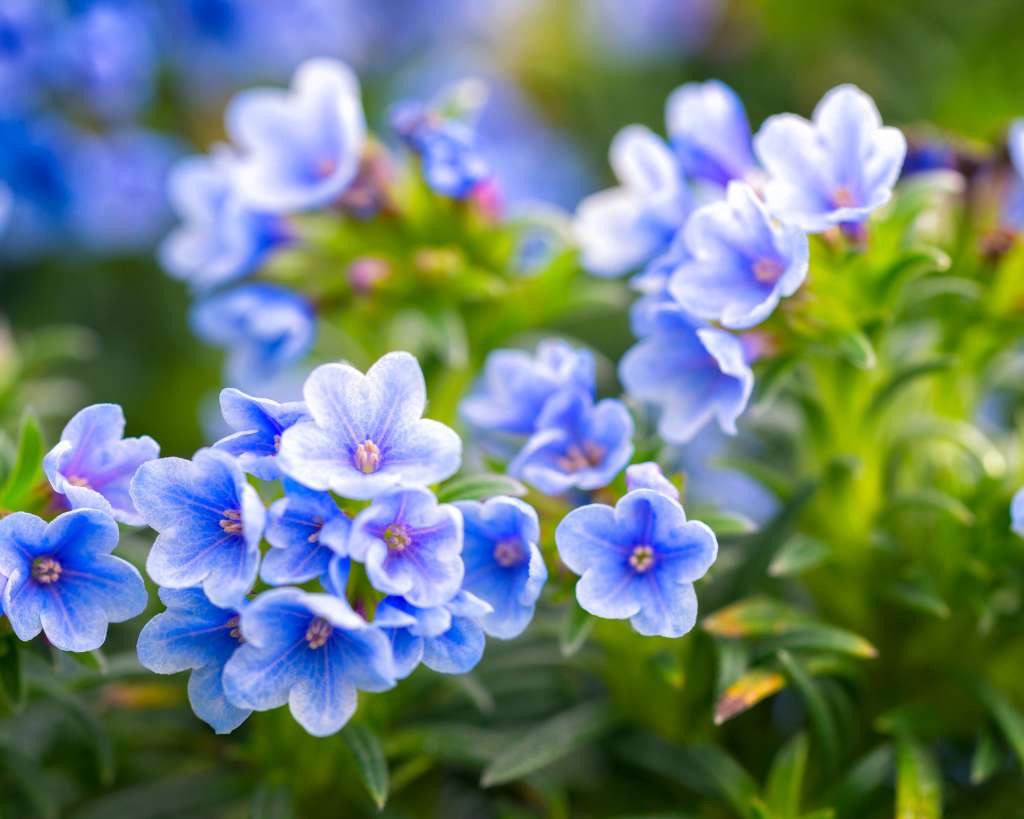
The evergreen, blue-green leaves of Lithodora provide a striking contrast to the silvery foliage of dusty miller. This pairing creates visual interest in the garden and can be used to draw attention to other plants nearby.
It is known to attract pollinators, another advantage to growing it near dusty miller. It is easy to grow and requires full sun and well-draining soil to thrive.
Grace Ward, Heavenly Blue, and White Star are some of the varieties of lithodora that you can try out with dusty miller.
Veronica spicata
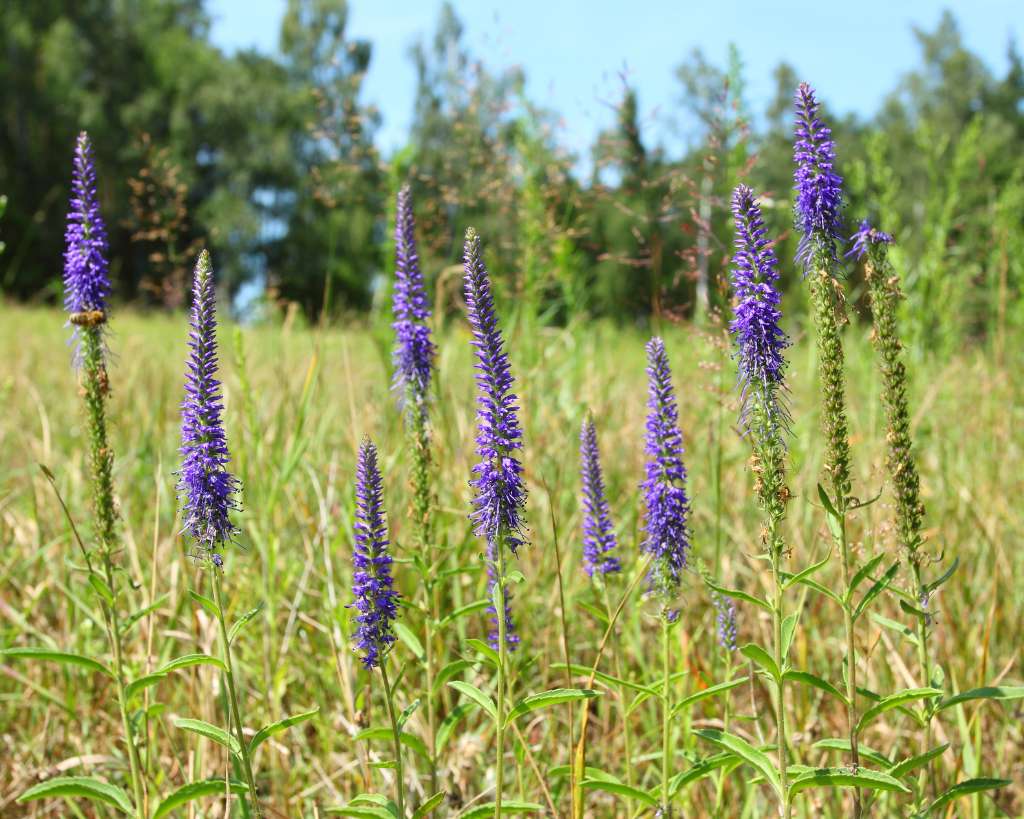
Like some of the other plants listed in this article, Veronica spicata is an easy-to-grow, sun-loving perennial perfect for beginner gardeners to grow. The upright spikes of blue, pink, or white flowers can create a beautiful color contrast against the silver-gray foliage of dusty miller.
This plant grows to be around 1-2 feet tall, which can create an attractive height variation when planted alongside the low-growing, mounding habit of dusty miller.
There are a lot of cultivars and varieties of Veronica Spicata, but here are some of the varieties frequently planted with dusty miller: Royal Candles, Sunny Border Blue, Red Fox, Pink Goblin, and alba.
Hosta
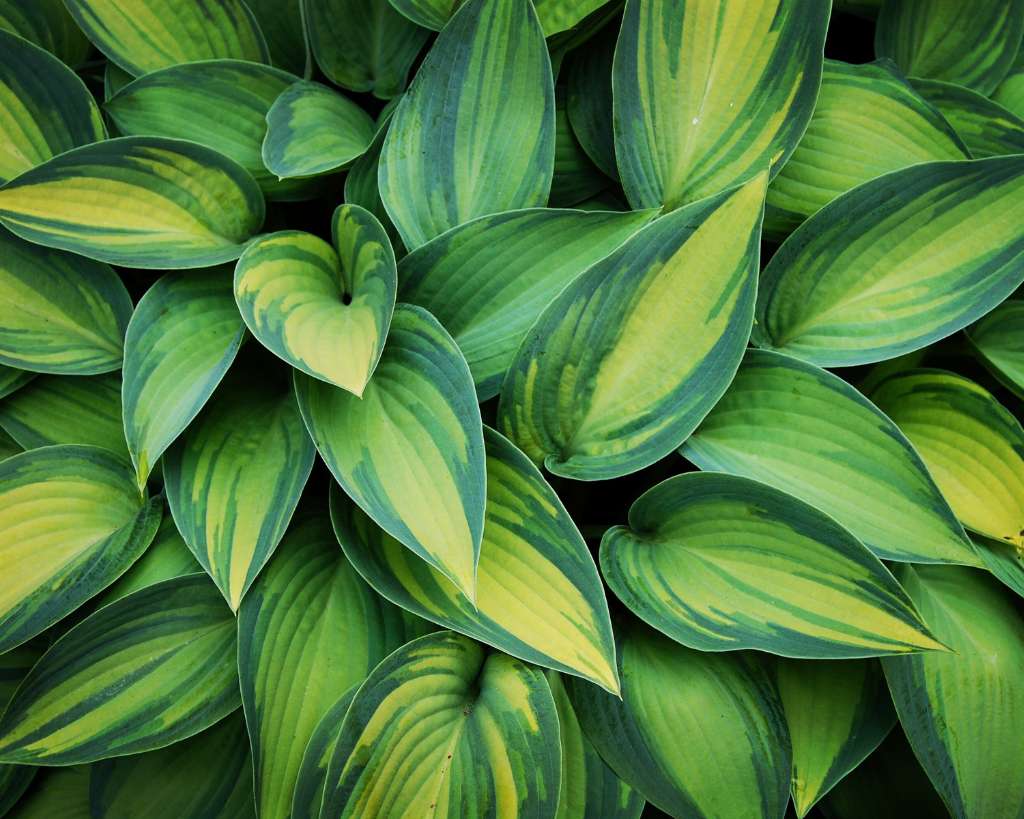
Hosta is a great companion plant to dusty miller because they provide a beautiful contrast in texture and color. Hosta has large, broad leaves that can shade the delicate dusty miller foliage, which is especially helpful in hot climates.
They also add an exciting contrast of color with their green leaves and white or purple flowers. Also, hosta will help keep weeds away from the dusty miller, ensuring it gets all the nutrients needed to thrive.
Nasturtiums

Planting Nasturtiums as a companion to dusty miller is a great idea for several reasons. Firstly, Nasturtiums are known for their ability to deter pests like aphids and other insects that can damage plants.
Secondly, Nasturtiums have bright, vibrant hues that can add color to any garden. Planting them alongside dusty miller will create an eye-catching contrast between the two plants, making your garden look even more beautiful.
Finally, this flowering plant is easy to care for and requires little maintenance. They are also drought tolerant, so you won’t need to worry about providing extra water for them to thrive.
Candytuft
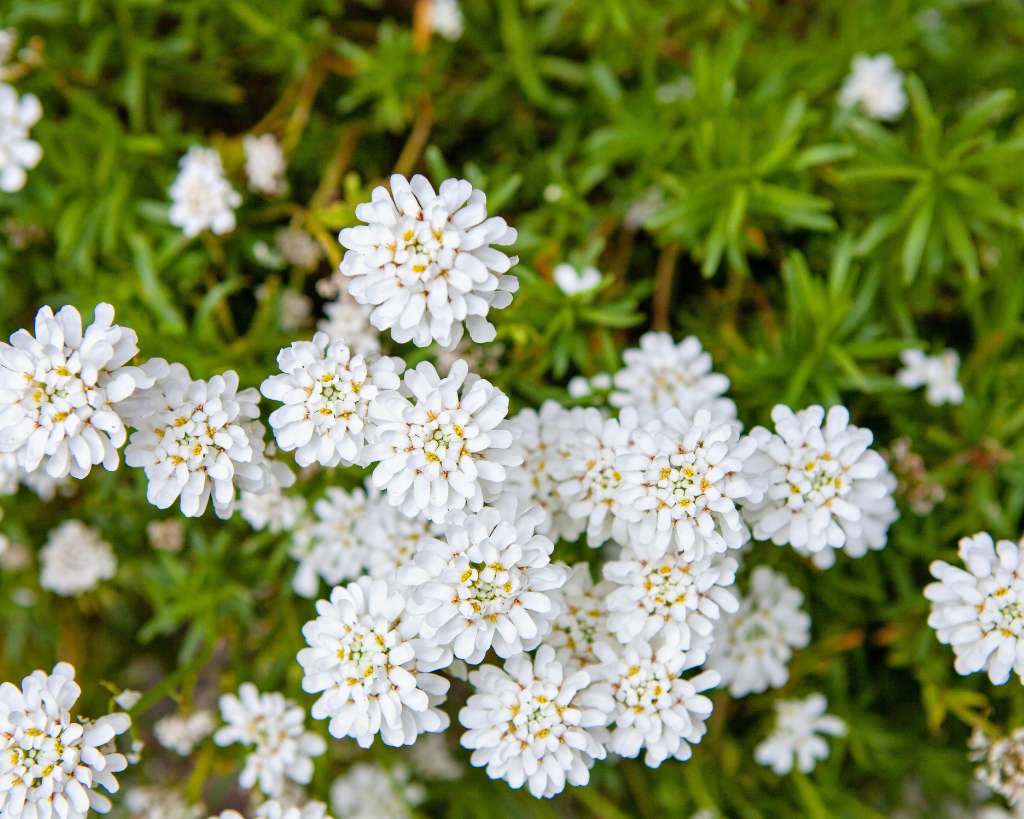
A native of Europe, U.S. gardeners also love this plant. You might find this plant in many homes because of its attractive appearance.
Its flowers come in shades of white, pink, lavender, and purple, which can contrast the silvery-gray foliage of dusty miller. Usually, both plants are planted in a garden bed or borders.
Planting candytuft near dusty miller can help attract beneficial insects like bees and butterflies that can help pollinate other nearby plants. This will ensure your garden remains healthy and vibrant throughout the growing season.
Zinnia
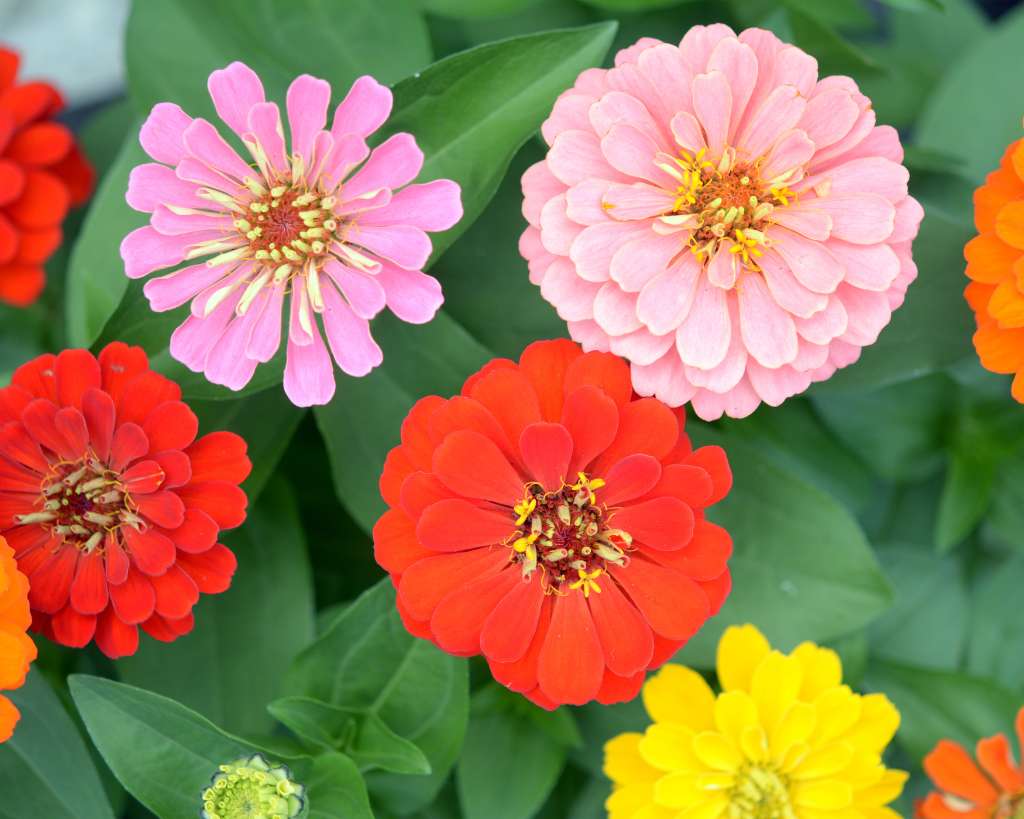
Zinnias come in various bright, bold colors, including red, orange, yellow, pink, and purple. With so many flowers to choose from different varieties, it can give your garden a stunning look when planted with the beautiful dusty miller plant.
Additionally, zinnias are known for being hardy and low-maintenance flowers that will thrive in most climates. They’re also drought tolerant and attract pollinators like butterflies, bees, and hummingbirds. You can create an attractive garden with minimal effort by planting zinnias as companion plants to dusty miller.
Benary’s Giant, Cut and Come Again, Persian Carpet, State Fair, and Envy are the perfect varieties that can be planted next to dusty miller.
Snapdragons

This Mediterranean native is grown worldwide for its beautiful flowers that come in different colors depending upon the varieties.
Gardeners love to plant snapdragons with dusty miller due to the height contrast that adds a layered look to the garden which is visually appealing. Another way to utilize these plants is by planting them as borders.
Both snapdragons and dusty miller grow well under the same climatic conditions.
Rocket Series, Liberty Series, Madame Butterfly Series, Montego Series, and Sonnet Series are recommended varieties you plant with dusty miller.
Ornamental Grasses

Ornamental grasses have a very different texture from dusty miller, with long, slender blades or wispy plumes. Planting them together can create a beautiful contrast in texture.
As there are hundreds of ornamental grasses to choose from, make sure that you identify different criteria before starting companion planting with dusty miller. Some key points to consider are growing conditions, size, texture, seasonal interest, and maintenance.
Feather Reed Grass, Blue Fescue, Fountain Grass, Japanese Forest Grass, and Switchgrass are some varieties you can quickly grow with dusty miller.
Salvia

A beautiful aesthetic partner for dusty miller is salvia. Many varieties of salvia produce flowers in bold, bright colors such as blue, purple, pink, or red, which can provide a striking contrast to the silvery gray foliage of dusty miller.
Another benefit of growing salvia is attracting pollinators to the garden. Both plants are easy to grow and have similar habits, making them ideal plants to grow as companions.
Salvia nemorosa ‘Caradonna’, salvia nemorosa’ May Night’, salvia x sylvestris’ Blue Hill’, Salvia guaranitica ‘Black and Blue’, Salvia’ Hot Lips’ are some varieties that will look great when planted next to dusty miller.
Portulaca
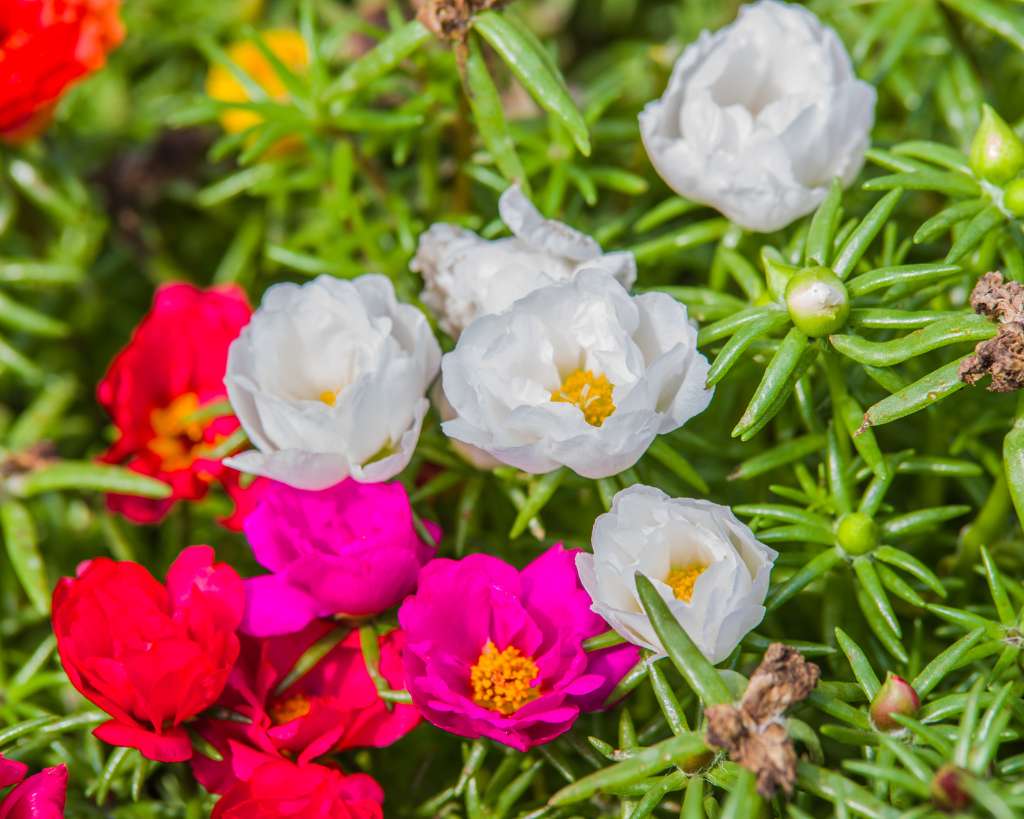
This South American native is grown around the world for its beautiful flowers. It is a succulent which makes it a workhorse in your garden. It can easily survive harsh conditions, thus a natural choice as a companion plant for dusty miller.
The flowers of portulaca come in vivid hues depending upon the varieties. Some varieties have blooms with double-layered petals, which makes them an exciting companion for dusty miller.
Besides all these benefits, some varieties of portulaca can attract bees and butterflies to the garden.
Some recommended varieties you can grow with dusty miller are Sundial Mix, Carnival Mix, Happy Hour Mix, Giant Double Mixed, and Pazzaz Mix.
Conclusion
After reading this article, you might have found the perfect plant to grow with dusty miller.
You can also choose from dusty miller varieties such as silver dust, cirrus, silver ragwort, and others to kick-start your dusty miller companion plants project.
Pick the plants according to your location and needs to get the best possible output for your garden.




